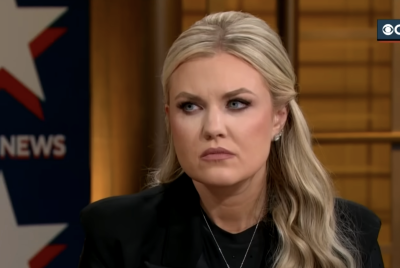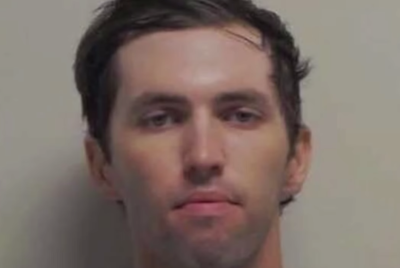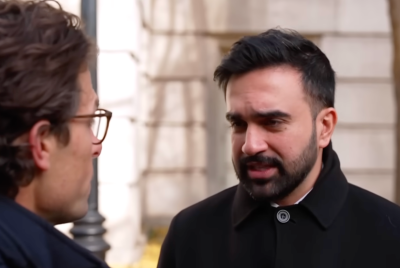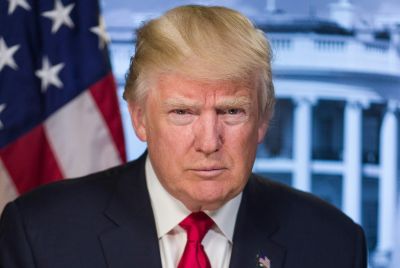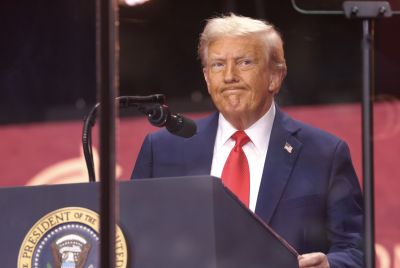'Bubble Universes' and Multiverse Theory Tested by Scientists

British physicists have announced that the theory that our universe is contained inside a bubble, just one of multiple bubble universes in a "multiverse," can now be tested.
According to such theory, our universe is not limitless, but instead contained within a celestial bubble that bounces off of other universal bubbles in a multiverse.
While the theory has gained more academic recognition and interest in the last few years, demonstrating the existence of a multiverse has proven difficult.
However, Scientists at University College London, Imperial College London and the Perimeter Institute for Theoretical Physics now say they will search for disk-like patterns in the cosmic microwave background radiation left over from the Big Bang that could provide evidence of collisions between other universes and our own.
Disc-like patterns in the radiation could be located anywhere in the sky, which makes it even more difficult to identify them scientists have also warned.
"It's a very hard statistical and computational problem to search for all possible radii of the collision imprints at any possible place in the sky," researcher Hiranya Peiris said Wednesday in a UCL release.
A new computer algorithm will allow the researchers to analyse huge amounts of background radiation data from a NASA probe, the Wilkinson Microwave Anisotropy Probe.
"The work represents an opportunity to test a theory that is truly mind-blowing: that we exist within a vast multiverse, where other universes are constantly popping into existence," Stephen Feeney, who created the powerful algorithm, said.
The study is only a first step, and there still not enough evidence to prove that either our universal bubble is the only one around or that universes collide regularly.
"It's all too easy to over-interpret interesting patterns in random data (like the 'face on Mars' that, when viewed more closely, turned out to just a normal mountain), so we took great care to assess how likely it was that the possible bubble collision signatures we found could have arisen by chance," Dr. Daniel Mortlock, another co-author of the study, said.
If the theory is not yet proven, scientists insist that the study has opened up the debate to whole lot more research.
© Copyright IBTimes 2025. All rights reserved.



